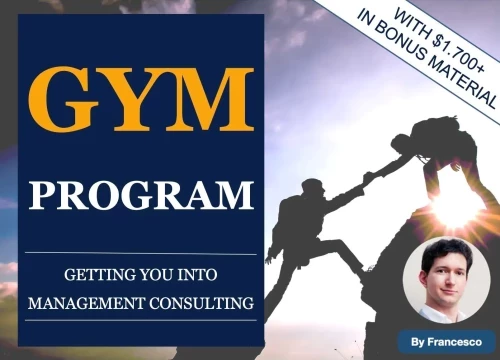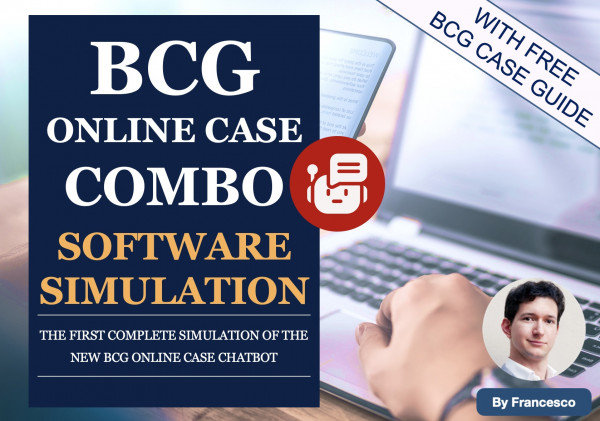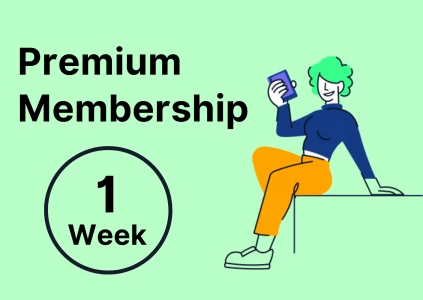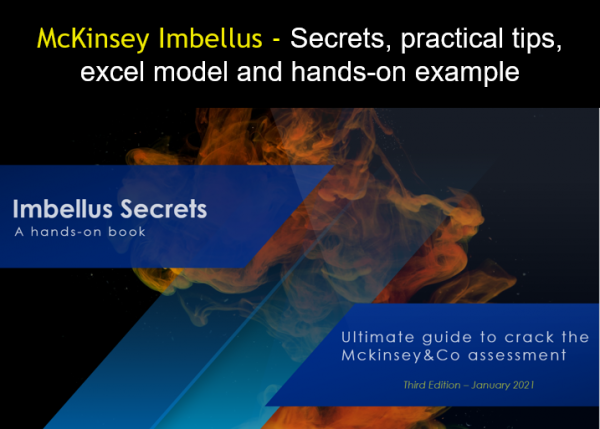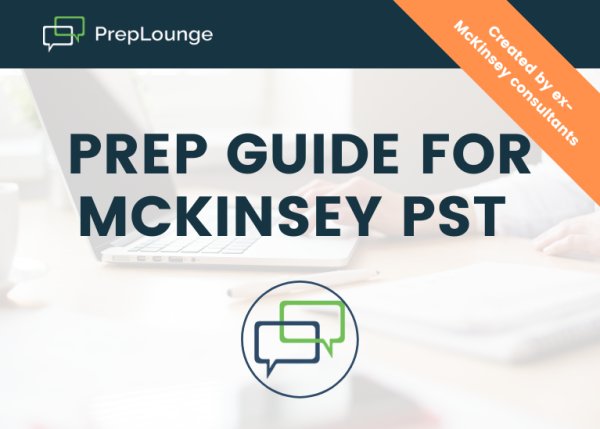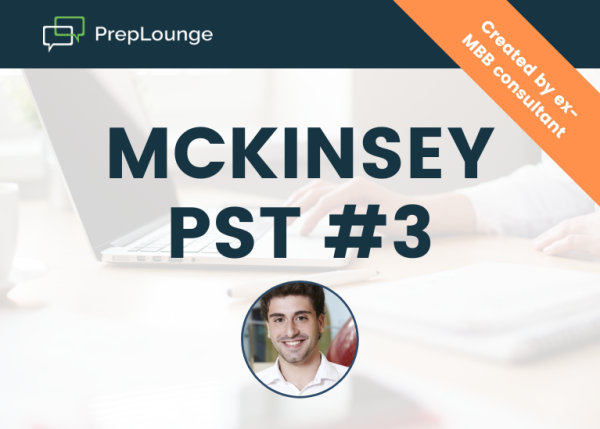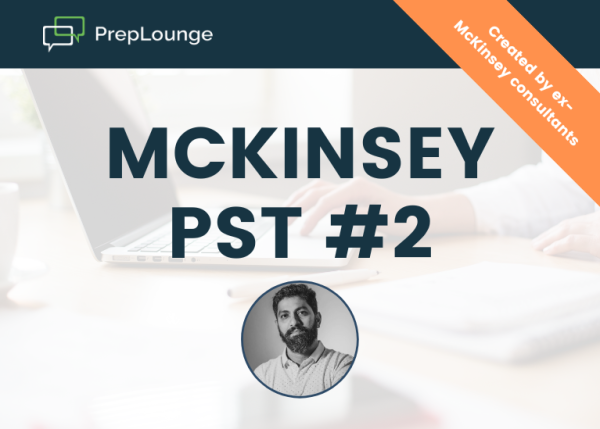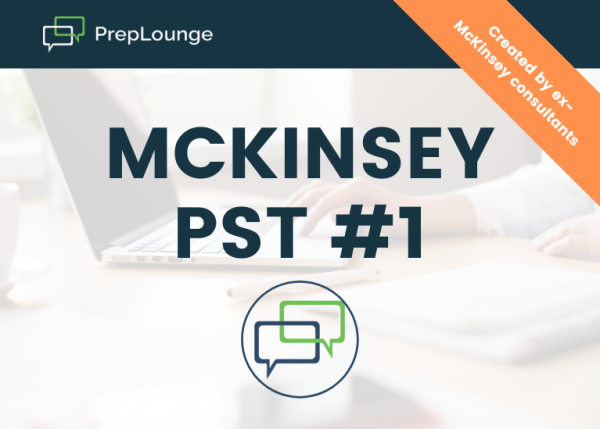Hello! How do I improve my graph/exhibition analysis?
I'm wondering how to approach to draw the key best insights and take my analysis to the next level. Thanks!
Hello! How do I improve my graph/exhibition analysis?
I'm wondering how to approach to draw the key best insights and take my analysis to the next level. Thanks!
Hi there,
I would recommend the following steps:
1. READ THE GRAPH
2. ANALYZE THE GRAPH AND FIND THE KEY INSIGHTS
3. PROPOSE THE NEXT STEPS
- - - - - - - - - - - - - - - - - - - - - - - - - - - - - - - - - - - - - - - - - - - - - - - - - - - - - - - - - - - - - - - - - - - -
You can find a few cases with Exhibits to practice below:
▶ Non-profit Case: Smart Education
▶ Consumer Goods Case: BlissOttica
Best,
Francesco
Hello!
The way to get better is practicing as much as possible with similar exercises -those targeted at the same skillset-. Hence, I would strongly recommend you practice it with the Integrated Reasoning part of the GMAT exam.
There are free exams in the internet that you can use for practice (the one of LBS MBA page, VERITAS prep, as well as some free trials for courses such as the one of The Economist (gmat.economist)
Furthermore, you can leverage the MBB tests (in myconsultingoffer, psychometricinstitute, and many others)
Hope it helps!
Best,
Clara
Hello A, thanks for your question!
An absolute classic on this subject is Gene Zelazny's "Say it with charts". I still have a copy I received in my very first week at McKinsey :)
Hope this helps!
Thank you Stanislav! This was very helpful :)
Hi there,
This is all founded on good case leadership!
You need to develop your ability to drive the case forward.
To do so, you need to be extremely clear on the objective. Then, at every stage of the case you need to use frameworking to figure out the pathways of where you might go.
If you can determine what you need to calculate and why, then you can setup the general formula to get there and see what variables/data are missing!
This is extremely hard to learn on your own…if you're struggling, consider getting a coach to help you with the case (math) leadership!
Graph Interpretation Tips
1) Read the title - and understand it
2) Read the legends - and understand them
3) Remind yourself of the objective / hypothesis in the case, to see where this might fit
4) Find the differences - where does the line graph plummet or spike? Which column is a lot smaller or bigger than the others? Where does change occur? The differences are what matter
5) Talk outloud while interpreting - first, it helps you think and process your thoughts, second, it lets the interviewer provide guidance and course correct if needed.
(editiert)
Hey there,
In order to give a useful answer, we should really know what the problem is from your perspective. Could you elaborate?
Candidates struggle with charts in different ways. This could be with regards to, but not limited by, the following:
Generally, you need to be able to do all these things well. Just note that if you're going to practice yourself, working through complicated charts in isolation i.e. no context aren’t really good practice.
When presented with a chart in a case, the whole point is to synthesize key info on the basis of the case objectives/context. Depending on the latter, a “simple” chart in a case might present you with a real challenge (don’t let this simplicity deceive you) and vice versa.
Bottom line - practice full cases and ask your peers/coaches to pick those with plenty of charts.
Hope this helps to set you up for success!
Let us know!
Erfahre alles rund um den Bain Sova Test und wie man diesen Test bei Bain & Company bei Job Interviews für die Eignungsprüfung der Bewerber nutzt.
Erfahre alles über BCG Online Case und wie du dich damit auf dein Job-Interview bei der Boston Consulting Group oder einem anderen Unternehmen bewerben kannst!
Entdecke die Geheimnisse von Zielsetzung, Realitätsprüfung, Optionserkundung und Zukunftsplanung – eine Neudefinition deines Erfolgswegs.
Erfahre, was genau das 7S-Framework von McKinsey ist und wie es Unternehmen dabei unterstützt, Stärken zu maximieren und Schwachstellen zu identifizieren.
Das Influence Modell von McKinsey ist ein strategisches Werkzeug, das entwickelt wurde, um Veränderungsprozesse in Organisationen zu optimieren.
